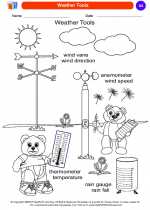Weather -> environmental technology
Environmental Technology
Key Concepts
1. Pollution Control
Definition: Pollution control involves the use of technology to prevent, reduce, or eliminate pollution in the air, water, and soil.
Examples:
- Air Pollution Control: Technologies such as scrubbers and catalytic converters are used to remove pollutants from industrial emissions and vehicle exhaust.
- Water Pollution Control: Wastewater treatment plants use various processes to remove contaminants from sewage and industrial effluents before releasing the treated water back into the environment.
- Soil Pollution Control: Remediation technologies such as soil vapor extraction and bioremediation are used to clean up contaminated soil.
2. Renewable Energy
Definition: Renewable energy technologies harness energy from natural resources that are replenished continuously, such as sunlight, wind, and water.
Examples:
- Solar Power: Photovoltaic cells convert sunlight into electricity.
- Wind Power: Wind turbines capture the kinetic energy of the wind and convert it into electrical power.
- Hydropower: Dams and turbines utilize the energy of flowing water to generate electricity.
3. Waste Management
Definition: Waste management technologies aim to reduce the amount of waste generated and to treat and dispose of waste in an environmentally friendly manner.
Examples:
- Recycling: Technologies for sorting, processing, and reusing materials such as paper, plastic, glass, and metal.
- Composting: Organic waste can be composted to produce nutrient-rich soil for gardening and agriculture.
- Waste-to-Energy: Facilities that incinerate waste to generate electricity or heat.
4. Sustainable Agriculture
Definition: Sustainable agricultural technologies promote farming practices that minimize environmental impact and conserve natural resources.
Examples:
- Precision Farming: Using technology such as GPS and sensors to optimize the use of water, fertilizers, and pesticides.
- Agroforestry: Integrating trees and shrubs into agricultural landscapes to improve soil health and biodiversity.
- Organic Farming: Avoiding synthetic inputs and focusing on crop rotation and natural pest control methods.
Study Tips
- Review the key environmental challenges facing the world today, such as climate change, air and water pollution, and loss of biodiversity.
- Explore case studies of successful environmental technology projects and their impact on the local and global environment.
- Understand the interdisciplinary nature of environmental technology, which integrates aspects of biology, chemistry, physics, engineering, and social sciences.
- Engage in hands-on activities, such as building a simple solar cooker or conducting a water filtration experiment, to understand the practical applications of environmental technology.
Remember to always consider the ethical and social implications of environmental technology, and how it can be used to promote environmental justice and equity.
[Environmental Technology] Related Worksheets and Study Guides:
.◂Science Worksheets and Study Guides Kindergarten. Weather

 Coloring Worksheet
Coloring Worksheet
 Coloring Worksheet
Coloring Worksheet
 Coloring Worksheet
Coloring Worksheet
 Coloring Worksheet
Coloring Worksheet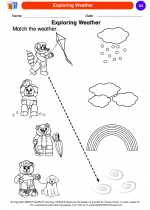
 Coloring Worksheet
Coloring Worksheet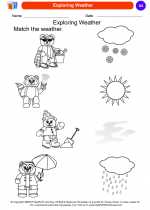
 Coloring Worksheet
Coloring Worksheet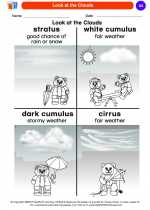
 Coloring Worksheet
Coloring Worksheet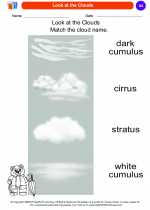
 Coloring Worksheet
Coloring Worksheet
 Coloring Worksheet
Coloring Worksheet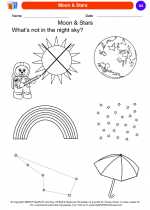
 Coloring Worksheet
Coloring Worksheet
 Coloring Worksheet
Coloring Worksheet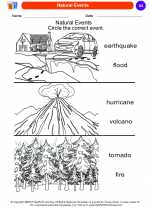
 Coloring Worksheet
Coloring Worksheet
 Coloring Worksheet
Coloring Worksheet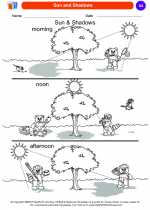
 Coloring Worksheet
Coloring Worksheet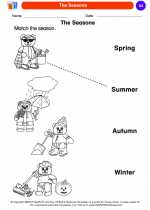
 Coloring Worksheet
Coloring Worksheet
 Coloring Worksheet
Coloring Worksheet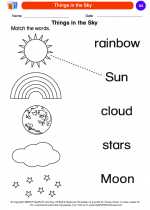
 Coloring Worksheet
Coloring Worksheet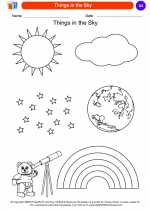
 Coloring Worksheet
Coloring Worksheet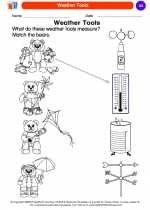
 Coloring Worksheet
Coloring Worksheet